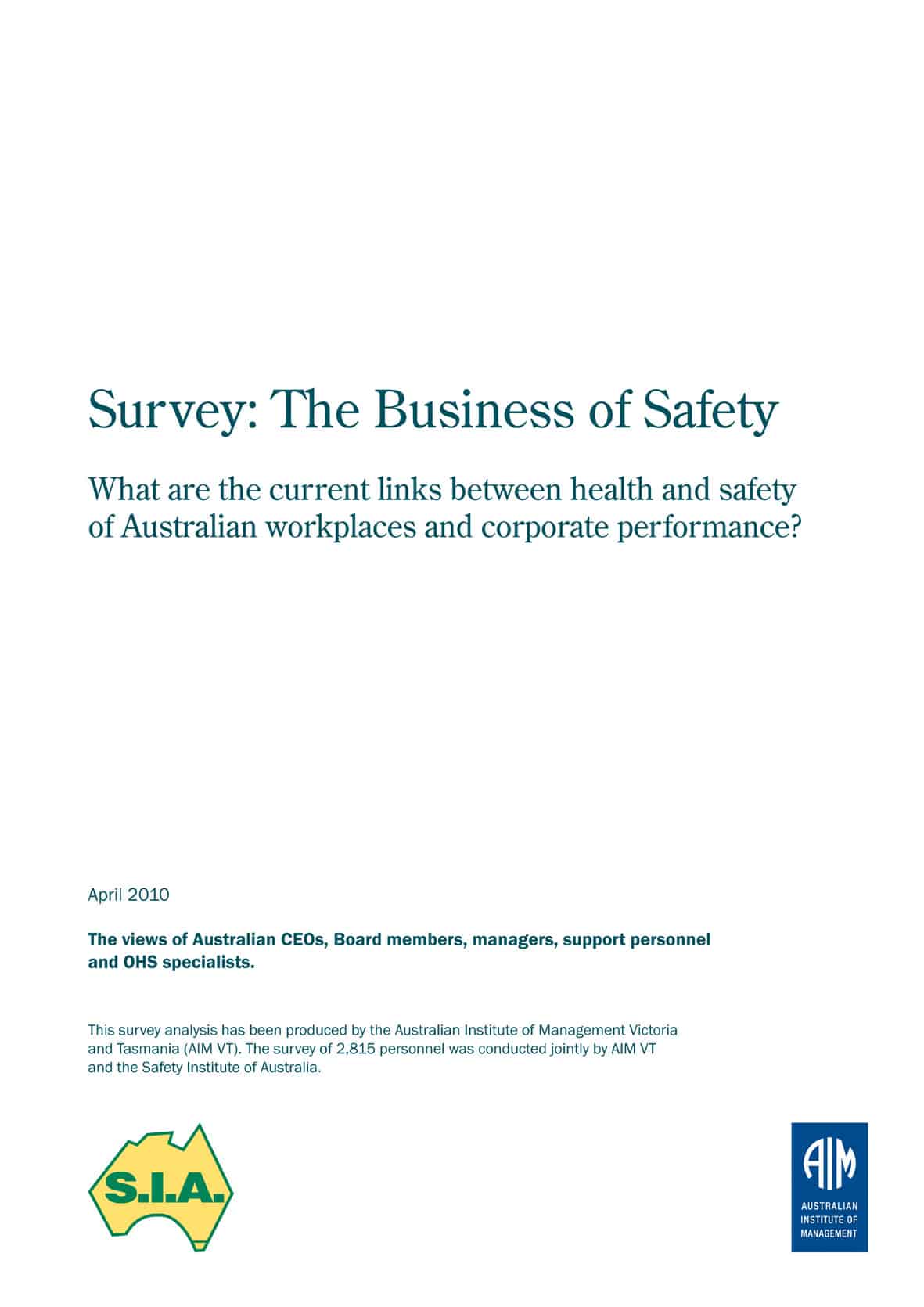 New survey data on business attitudes to safety was revealed at the Safety In Action Conference on 20 April 2010. The data was released jointly by the Australian Institute of Management and the Safety Institute of Australia (SIA).
New survey data on business attitudes to safety was revealed at the Safety In Action Conference on 20 April 2010. The data was released jointly by the Australian Institute of Management and the Safety Institute of Australia (SIA).
In short there was not much that was new in the survey data but the survey was important for several reasons. Continue reading “New business safety survey released at safety conference”
